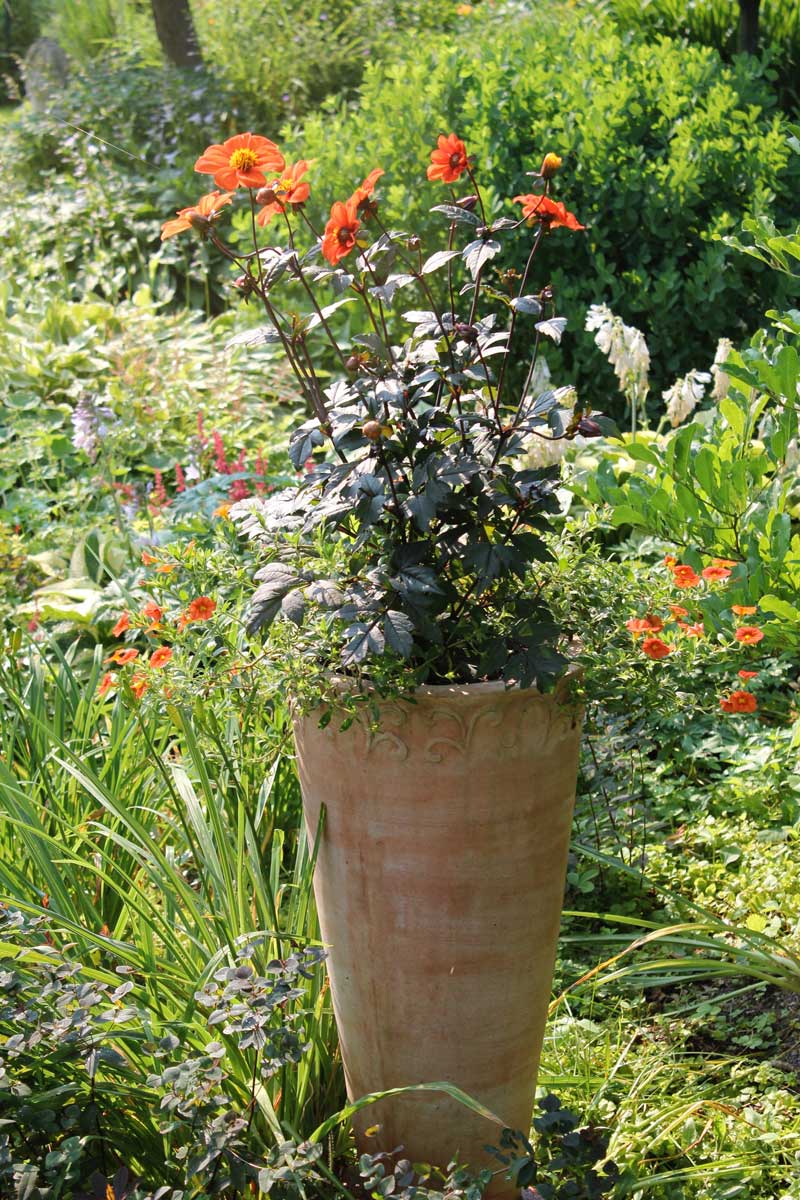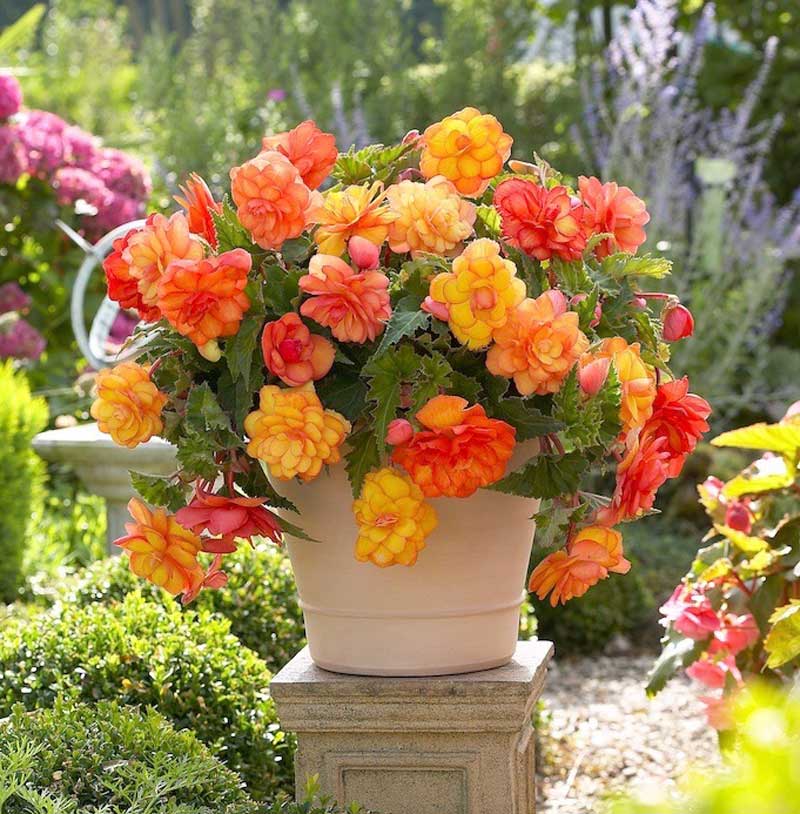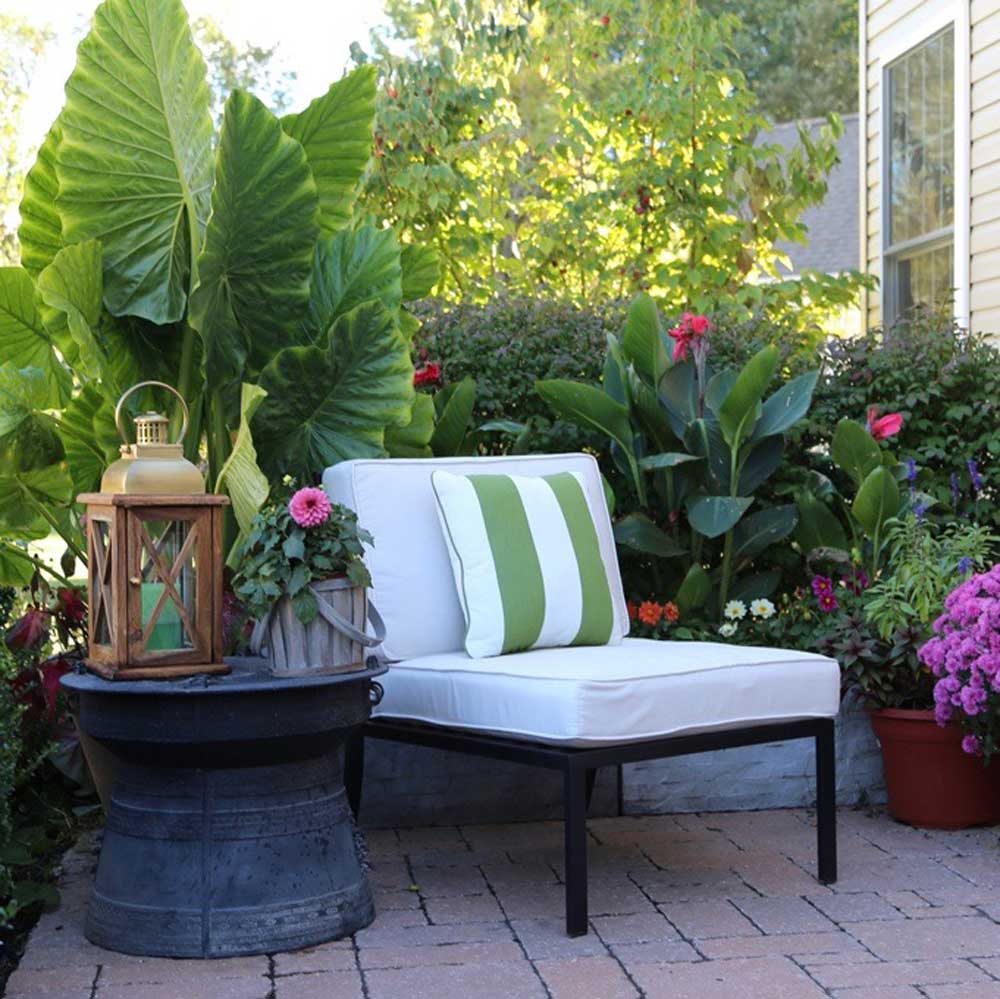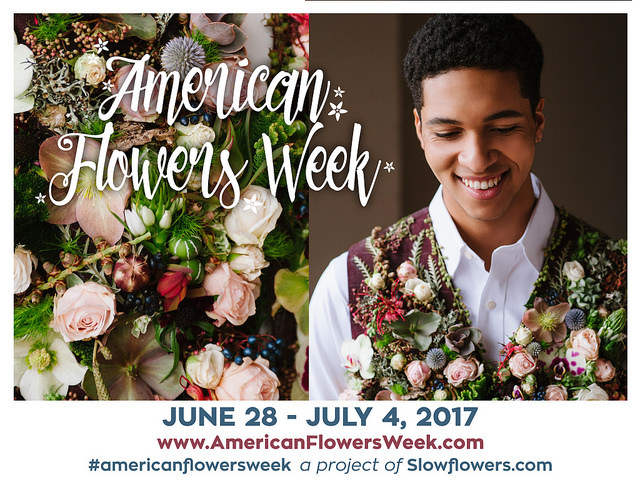How to Keep Container Plants Looking Their Best
Spring is here and gardeners everywhere are busy stuffing plants into pots. It’s one of my favorite rites of spring. I love selecting the plants, composing the designs and seeing instant results.
At this time of year, garden centers are packed with so many beautiful, well-grown plants that it’s relatively easy to compose a great-looking container. The challenge is keeping your pots and planters looking good from now to fall.
Here are six planting tips that can make your container gardens look even more impressive at the end of the season than they do in May.
Start with the right size pot. Plant size should determine pot size. As a general rule, think about how big the plants will be at the end of the season and choose a pot about half that size. Make sure your containers have drainage holes so the roots can breathe and excess water will drain away.
Choose the right plants. Select plants that will perform well in your climate and that are suited to the light conditions in your yard. When combining a variety of plants in a single container, select plants that have similar light and moisture requirements.
Include some foliage plants. They help unify a planting scheme and give containers a fuller look. Summer-blooming bulbs such as canna lilies, caladiums and elephant ears – on their own or mixed with other plants – ensure a long season of interest. Most of these bulbs are tropical, which means they thrive in heat and humidity and will hit their stride as many other plants are beginning to fade.

Use a quality growing mix. The soil in your containers should be light, loose, well drained and moisture-retentive. Purchase a high-quality soil-less blend made from sphagnum moss and vermiculite or perlite. Mixing in about 20% finished compost will improve the texture, increase the moisture-holding capacity and add nutrients. Always moisten the mix with warm water before planting. If you want to re-use last year’s growing mix, it’s best to replace at least 50% of it.
Water diligently. In most climates, container-grown plants require almost daily watering. Take time to water deeply, making sure the entire root ball gets soaked. Plants may seem to recover when you forget to water them, but their delicate feeder roots die back and replacing those damaged roots requires energy that would normally go into leaf and flower production.
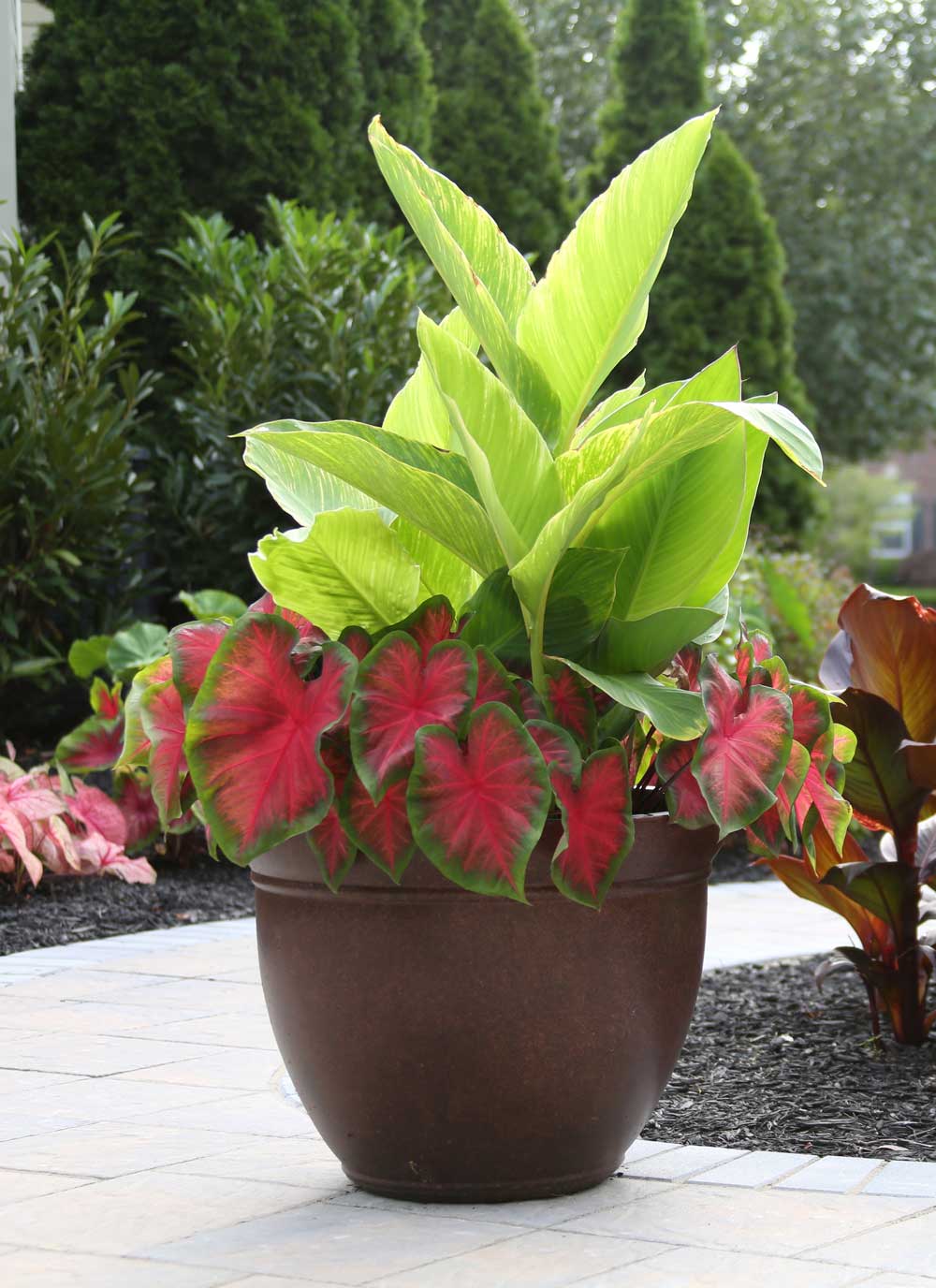
Fertilize regularly. Even if you start the growing season with a premium soil mix, those nutrients won’t be around for long. They are absorbed by plants and washed out of the soil by frequent watering. Apply a slow-release fertilizer (such as Osmocote) once a month and drench the soil with a water-soluble fertilizer every 2 weeks from May through September.
Primp, Prune and Replace. Go over your containers every few weeks during the growing season to remove spent flowers and cut back leggy stems. Replace tired plants with fresh plants from a nursery or your garden. Change up the look by adding late-season favorites such as ornamental kale, asters, sedums and mums.
With a little planning at the start of the season, your pots and planters will have what it takes to maintain their good looks all summer long.
Want to learn more? Colorful Containers That Can Take the Heat, Easy Summer Bulbs for Shady Containers, Summer Bulbs for Sunny Containers
To shop our complete selection of summer-blooming bulbs for containers, click HERE.

